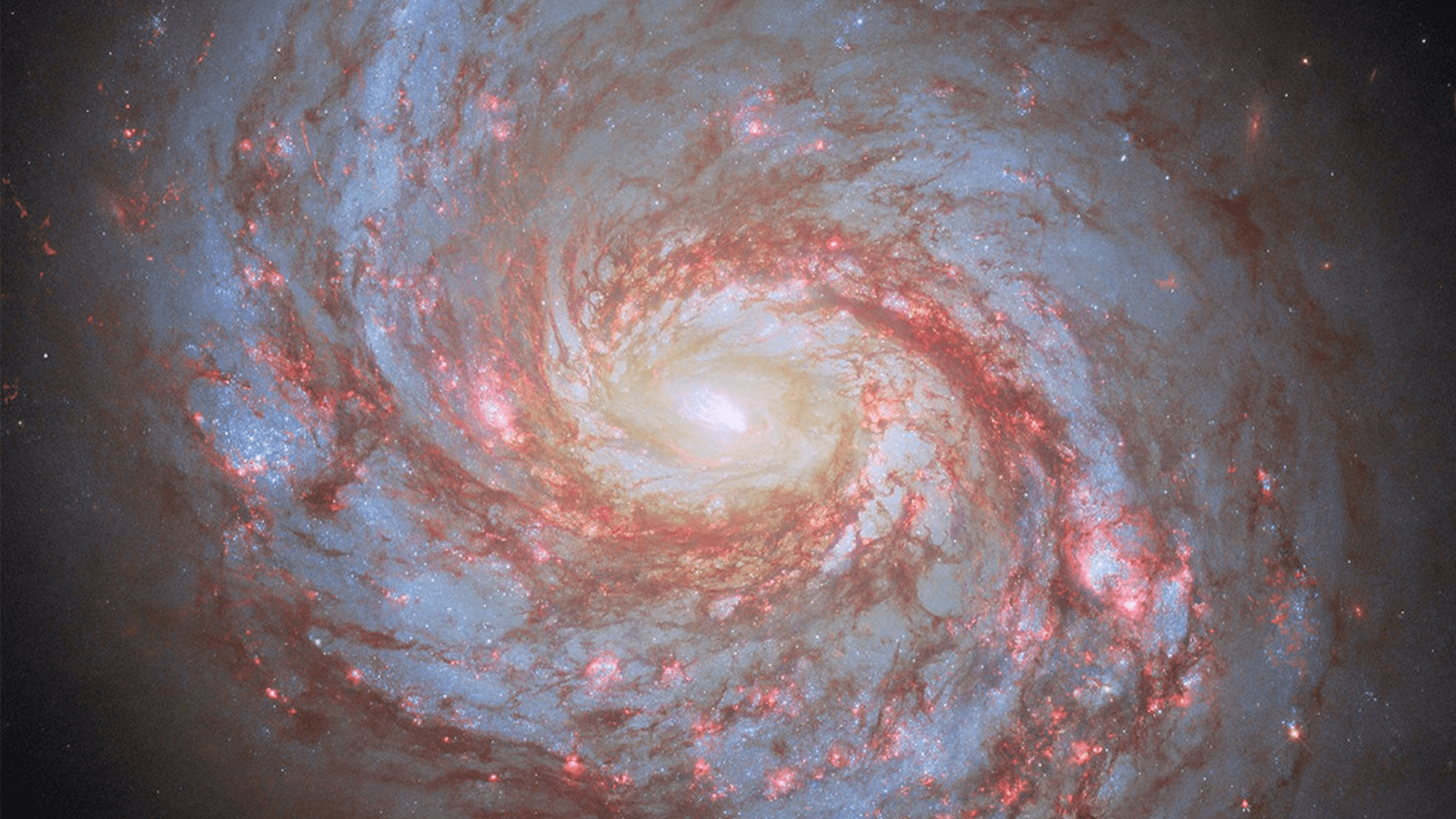Beyond Boundaries: The Mind-Bending Truth About the Universe's Endless Frontier

Exploring the Universe: Glimpsing Infinity from Our Cosmic Peephole
Imagine standing in a tiny room with a single small window, trying to understand the entire world outside. This is remarkably similar to how astronomers and cosmologists explore the vast universe from our minuscule vantage point on Earth. Despite being confined to an incredibly limited observable space, human curiosity and scientific ingenuity have allowed us to piece together an extraordinary understanding of cosmic evolution and structure.
Our observable universe is like a cosmic bubble with Earth at its center, extending approximately 93 billion light-years in diameter. This might sound enormous, but it's merely a fraction of what potentially exists beyond our visual horizon. Advanced telescopes, space probes, and sophisticated mathematical models have become our tools for peering deeper into this cosmic mystery.
Cutting-edge technologies like gravitational wave detectors and powerful radio telescopes have revolutionized our ability to detect signals from incredibly distant cosmic events. These instruments allow scientists to reconstruct the universe's history, map its large-scale structures, and even detect remnant radiation from the Big Bang.
By analyzing light from distant galaxies, measuring cosmic microwave background radiation, and tracking the movement of celestial objects, researchers can extrapolate complex theories about universal expansion, dark matter, and the fundamental laws governing cosmic evolution. Our tiny observable bubble, far from being a limitation, has become a remarkable window into understanding the infinite.
